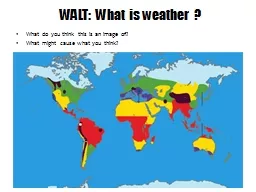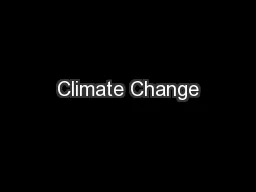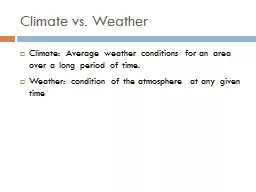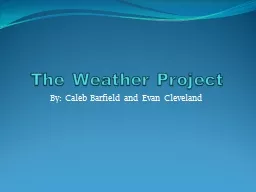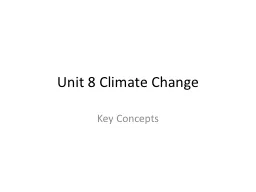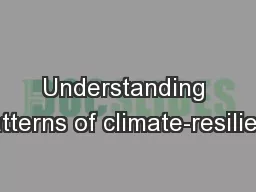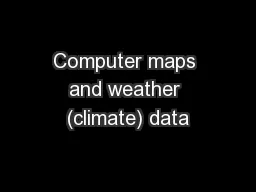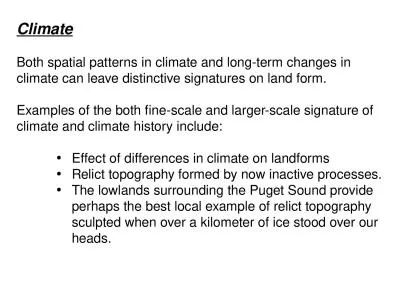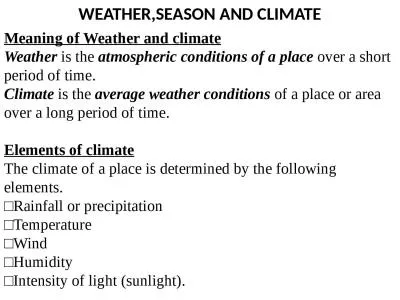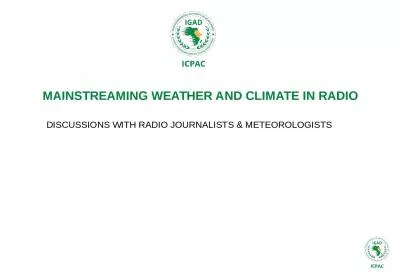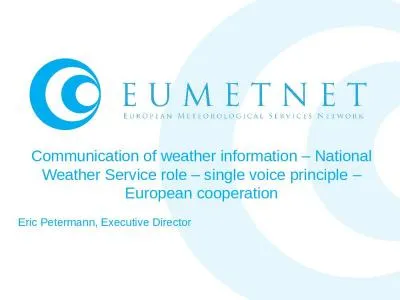PPT-Climate Climate Climate describes the long-term weather patterns of an area
Author : ellena-manuel | Published Date : 2018-11-10
Climatology is the study of Earths climate and the factors that affect past present and future climatic changes Climate describes annual variations of temperature
Presentation Embed Code
Download Presentation
Download Presentation The PPT/PDF document "Climate Climate Climate describes the l..." is the property of its rightful owner. Permission is granted to download and print the materials on this website for personal, non-commercial use only, and to display it on your personal computer provided you do not modify the materials and that you retain all copyright notices contained in the materials. By downloading content from our website, you accept the terms of this agreement.
Climate Climate Climate describes the long-term weather patterns of an area: Transcript
Download Rules Of Document
"Climate Climate Climate describes the long-term weather patterns of an area"The content belongs to its owner. You may download and print it for personal use, without modification, and keep all copyright notices. By downloading, you agree to these terms.
Related Documents


